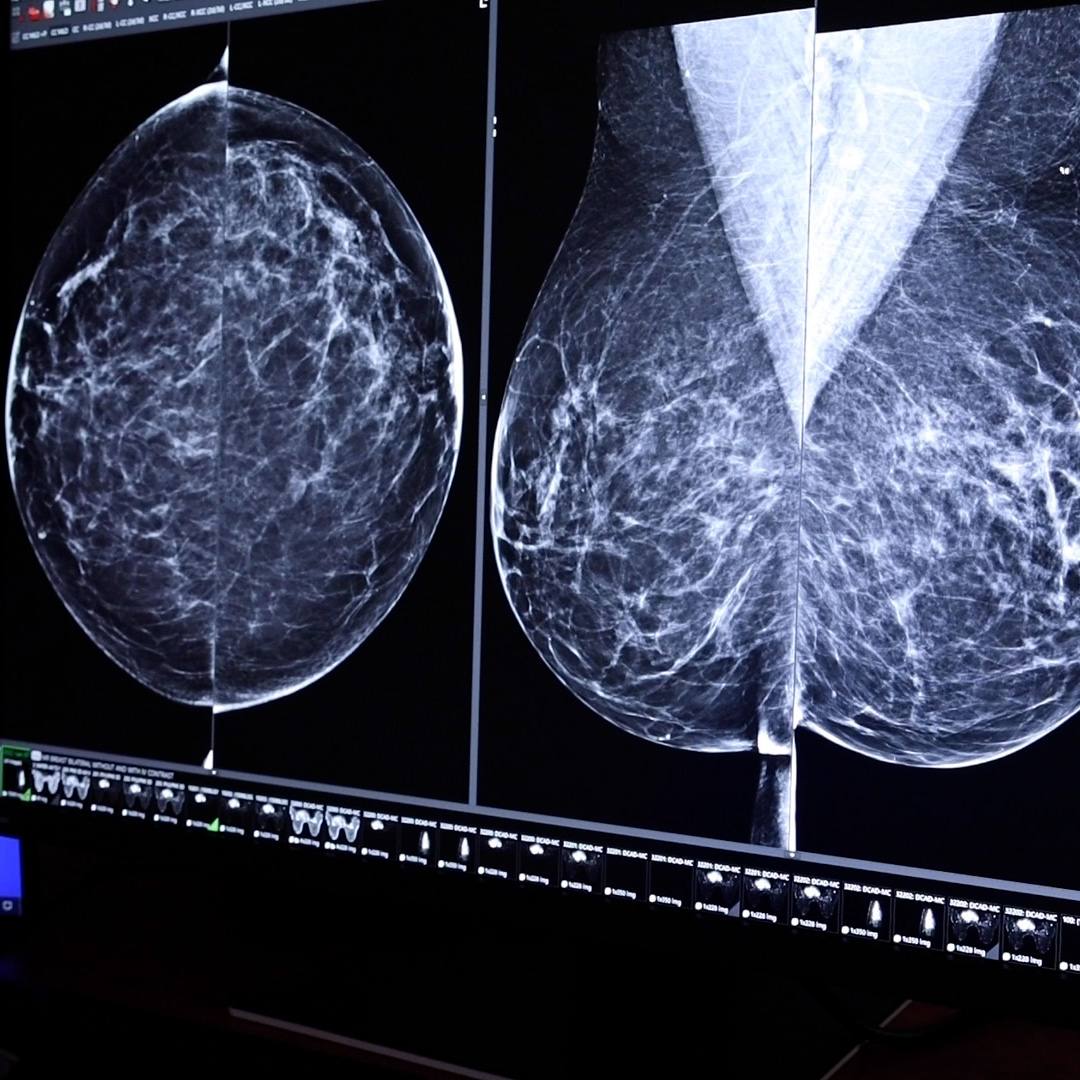-
Mayo Clinic Minute
Mayo Clinic Minute: Debunking head lice myths
September is National Head Lice Prevention Month, a time to understand the signs, importance of screenings and available treatments.
Dr. Tina Ardon, a Mayo Clinic family medicine physician, debunks common myths associated with these wingless insects, which affect millions of children each school year.
Journalists: Broadcast-quality video pkg (0:58) is in the downloads at the end of the post. Please courtesy: "Mayo Clinic News Network." Read the script.
As kids return to school, they may bring home some unwanted guests in the form of head lice. The insects spread through close contact — not jumping or flying.
"We'll often think about our kids in school or playing next to each other for a long period of time," says Dr. Ardon. "Lice can also spread by sharing certain pieces of clothing, such as hats or scarves, and things like hairbrushes."
While their bites can cause irritation and infection if left untreated, lice do not carry severe illness. Another myth relates to cleanliness.
"Having lice is not a sign of poor hygiene or something that you've done wrong. It can happen really to anyone," says Dr. Ardon.
Identifying lice and treating the entire household will help prevent the infestation from coming back.
"We can start with some over-the-counter medications that are easy for patients and families to use at home," says Dr. Ardon. "Sometimes those are not effective, however, so patients may need to contact their pediatrician or family physician for prescription medications."
Related articles:







